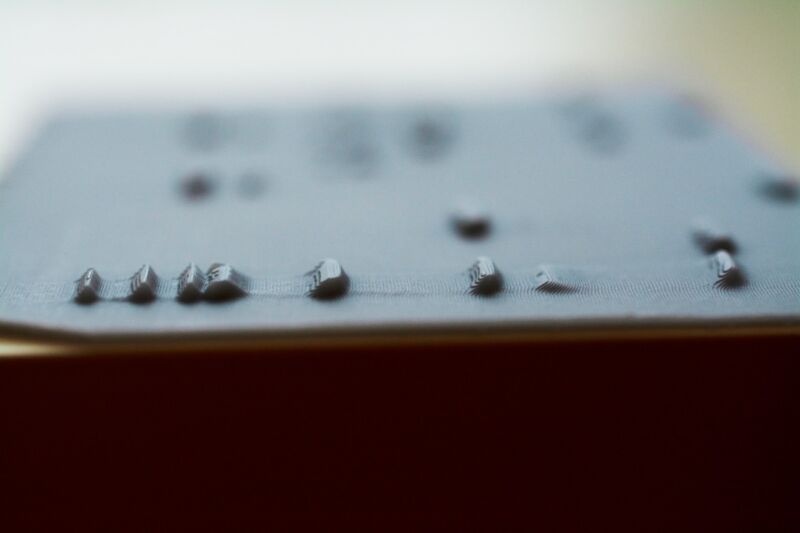19th-century art form revived to make tactile science graphics for blind people

Enlarge / 3D-printed lithophanes can help optically impaired scientists see" data, such as from protein separation gels, with their fingertips. (credit: ordan Koone/Bryan Shaw)
In the 19th century, an art form known as lithophanes was all the rage in Western Europe. These thin engravings were usually made from translucent materials like porcelain or wax. When backlit, a glowing 3D image would appear that would change its features in response to variations in the light source. Now researchers have revived this art form to create tactile graphics to illustrate scientific data that glow with high resolution. According to a recent paper published in the journal Science Advances, these lithophanes are accessible to sighted and visually impaired people, making them a universal visualization tool for scientific data.
"This research is an example of art making science more accessible and inclusive. Art is rescuing science from itself," said co-author Bryan Shaw, a biochemist at Baylor. "The data and imagery of science-for example, the stunning images coming out from the new Webb telescope-are inaccessible to people who are blind. We show, however, that thin translucent tactile graphics, called lithophanes, can make all of this imagery accessible to everyone regardless of eyesight. As we like to say, 'data for all.'"
The word "lithophane" derives from the Greek litho (stone or rock) and phainein (to cause to appear), popularly translated as "light in stone." The art form's roots may date back to ancient China, as many as 1,000 years before the Tang Dynasty. (Historical sources describe paper-thin bowls with hidden decorations.) But to date, no actual lithophanes are known to have been in China before 1800.